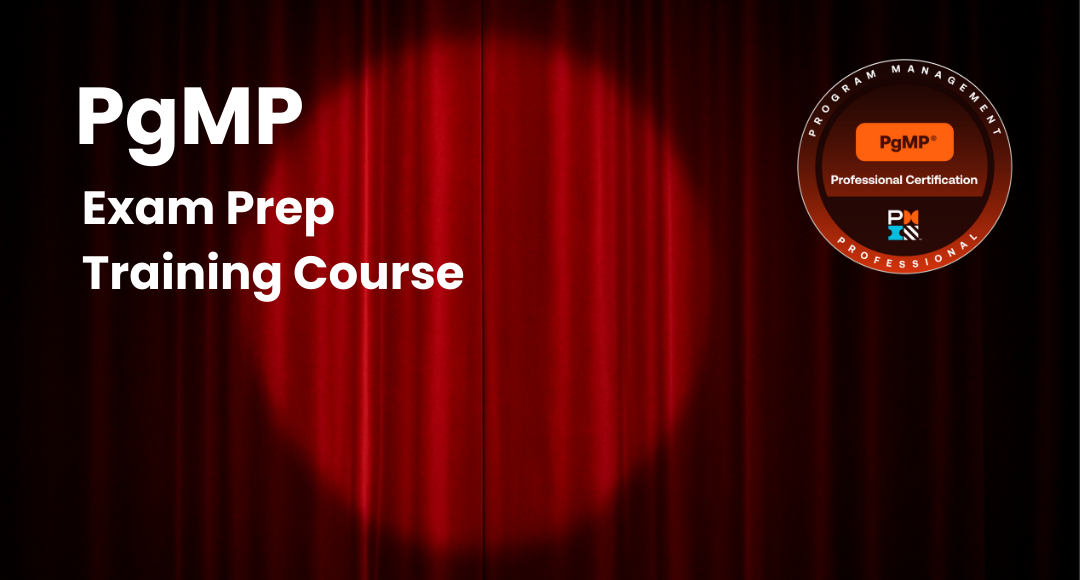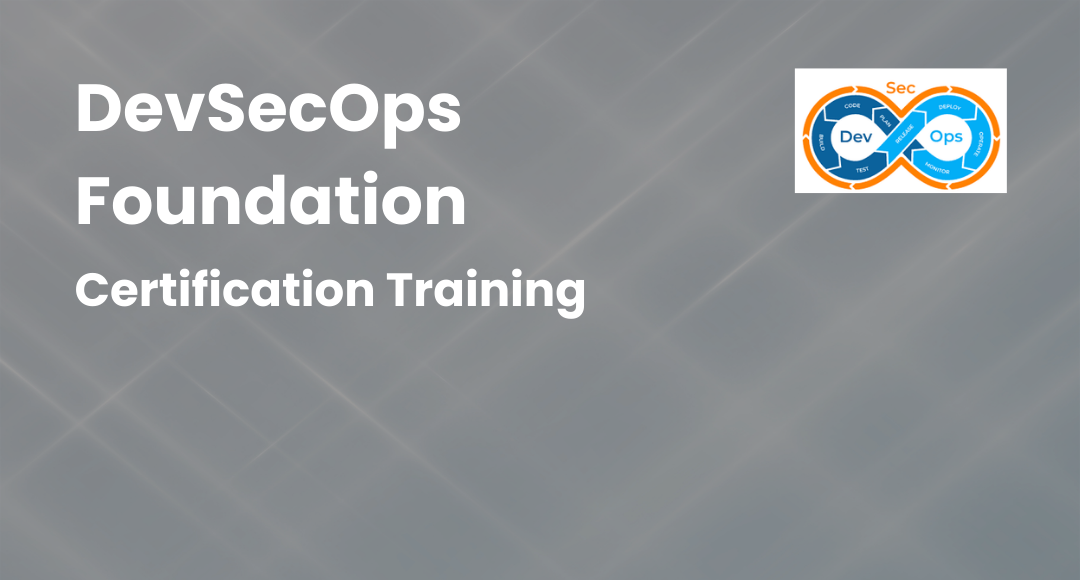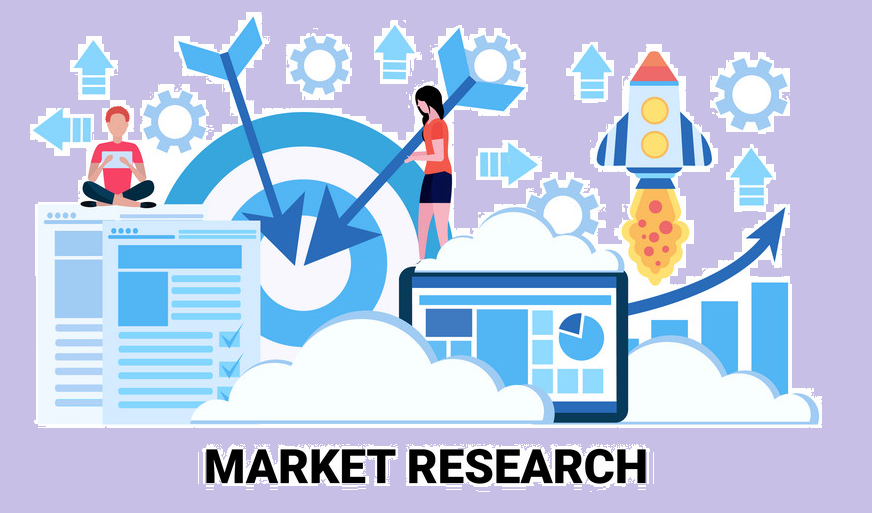SAFe Implementation Roadmap Guide
-
 By Akssar
By Akssar - Published on Sep 13 2024

Table of Contents
SAFe Implementation Roadmap Overview
For any business to function efficiently, the work culture needs to be curated toward the specific kind of work It engages in and the client base it serves. This can be achieved by carefully devising a framework under which to operate. However, the organization cannot stop after devising the framework. It needs to come up with a clear plan of execution of the said framework or it could leave the workplace in tatters.
For example, an organization that operates in agile functions needs to bring a framework to cater to those functions efficiently. Then it needs to devise a scaled agile framework implementation roadmap. This safe agile implementation roadmap and a comprehensive SAFe Certifications List will enable it to implement the framework successfully and help overhaul the work system into a more productive environment. This article discusses the SAFe framework for agile functions and more importantly the SAFe implementation roadmap.
What is SAFe?
Scaling lean and agile practices is guided by a set of patterns and instructions that are given in the form of a Scaled Agile Framework or SAFe. Like LeSS (Large-scale Scrum), DAD (Disciplined agile delivery), and Nexus, SAFe is a framework that is aimed at helping mitigate problems created when scaling is done beyond a single team. The framework is made available free of cost by Scaled Agile, Inc. SAFe is intended to aid collaboration, alignment, and delivery amongst multiple agile teams. The framework was developed by building on the concepts of systems thinking, lean product development, and agile software development all taken together.
What is the SAFe Implementation Roadmap?
They must identify Value Streams and Agile Release Trains (ARTs), implement a Lean-Agile portfolio, build quality, and establish the mechanisms for continuous value delivery and DevOps. And, of course, the culture must evolve as well. Based on proven organizational change management strategies, the SAFe Implementation Roadmap graphic and article series describe the steps or “critical moves” an enterprise can take to implement SAFe in an orderly, reliable, and successful fashion.
Even though the SAFe methodology is available for teams, it is not easy to implement efficiently. This is due to various factors, not least of which is the fact that multiple teams are involved. This is why an implementation roadmap is required to ensure that the framework is utilized correctly. The SAFe implementation roadmap is intended to help with that. A total of 12-step strategies along with an ordered set of plans are included in the SAFe implementation roadmap. Before getting set with the roadmap, organizations need to have a good understanding of Lean-Agile principles and how to apply them.
Identification of ARTs (Agile Release Trains), as well as that of value streams, is crucial in implementing SAFe using this roadmap. The work mentality or rather the work culture of the organization needs to evolve and fully embrace the agile mindset to be successful and more efficient with the agile systems. The roadmap enables any given organization to implement the framework efficiently and successfully devoid of any issues.
Steps Involved in SAFe Implementation Roadmap
There are a total of 12 SAFe implementation roadmap steps that need to be followed for a successful and efficient implementation of the framework. This scaled agile implementation roadmap seeks to overhaul the work culture of the organization to curate it to the specific task of agile functions. The purpose of SAFe implementation roadmap is to ensure efficiency and high-value delivery in agile functions carried out by the company.
The First 3 steps of SAFe implementation roadmap help initiate the process of transforming the work culture. The last 3 steps of SAFe implementation roadmap help set the tempo for all future endeavors of the organizations and set it up to constantly get better. These steps are therefore the way to achieve a safe SAFe implementation roadmap.
1) Achieving the point of threshold
One of the aims of the SAFe implementation roadmap is to achieve a change in work culture to curate the function of agile projects. This can be challenging and yet very profitable for an organization. Therefore, companies must embrace change and not resist it.
To achieve the threshold, there must be a clear plan for the future, which can help collectively organize and motivate all towards a specific objective.
The senior management has to work together in this transformative project to ensure that the workplace can evolve and achieve the threshold. This step helps initiate the scaled agile SAFe implementation roadmap.
2) Foster Agents of Lean-Agile Change
Once the team starts working towards the common objective, it becomes important to develop a group of strategic change agents. These agents will be crucial in the process of transformation and can help influence other members to stay in line with the roadmap.
These agents must learn to balance predictability with business agility. These agents must be equipped appropriately to bring about the transformation required.
3) Train and promote leaders, supervisors, and teams
Training of all members is necessary, but the training of executives is especially important. They must be trained in a manner ensuring the level of competency required to manage the deployment and eliminate any bottlenecks.
They must be equipped to provide any necessary support required. It is important for the trainees to develop a Lean-Agile perspective in order to fit in with the workplace transformation as well as to contribute to the projects more efficiently.
The executives who display flexibility and innovation are the ones that must be encouraged. Those who display that along with persistent growth can be promoted.
4) Devise a Masterplan for Lean-Agile Management
The LACE Masterplan is the team primarily obligated with the task of implementing the SAFe Lean-Agile methodology.
This team helps oversee the transformation of the attitudes and values into a Lean-Agile culture. This team basically facilitates the team’s transformation.
5) Determine the business processes and ARTs
ART refers to Agile-Release training. This is the step at which the executive team must focus on functional business processes as well as their support systems. This is the stage they focus on deployment that will directly affect the operation.
The members that are assigned with the duty of market strategy delivery must be given clarity on the ART to be conceived. It helps set up the primary system of management that will consistently evolve to cater to the needs of the users.
6) Construct an implementation strategy
Once all the steps for the transformation are in place, it is time to implement these actions. For this, the first process flow and first ART have to be identified. This can pave the way for a comprehensive strategy for implementation to take shape.
This is done by obtaining new skills and data. This is inclusive of any new ARTs and value streams that are to be obtained.
7) Make preparations for the ART launch
A schedule has to be formed to ensure that the ART is performed without lags. This can be done by listing out relevant project leaders and/or network administrators that have been trained or are to be trained. Identification of backlogs in existence is also required.
Once a considerable amount of preparation is achieved, it is important to assign and organize individuals into Agile projects that can aid the improvement of the process.
8) ART to be launched once the team is trained
Once the launch prep is done, it is important to ensure the competency of the team in the delivery of the ART. Organizations can begin their initial PI strategy once a minimum of one week of training is accomplished.
9) Enlisting a coach in the execution of ART
Following the preparation of executives and conduct of the first PI prep, it is the apt time for action. Here the additional help of the SAFe consultant is sought by the Agile team in order to ensure the effective delivery of value to the client.
The ART caters to the scaled agile roadmap by utilizing the same learning motivation as adopted by SPCs. Emphasis must be placed by the ART executives on the Continual development cycle. This ensures emphasis on continuous capability enhancement.
10) Increase the frequency of value streams and ARTs
At this point, specific value streams can be realized by the confident deployment of other ARTs. To ensure the effectiveness of the transformation, the teams assigned to new ARTs will have to continue performing any existing planning stages at training for other ARTs.
The utilization of SAFe deployment in order to facilitate the visualization of the performance would be beneficial. This is so because it can display all the ARTs in their present stages. It is important to ensure to nip any obstructions that might arise right at their budding stage.
The last three steps of the SAFe implementation roadmap are designed to set the firm up for future operations as well.
11) Boost the Portfolio
The above steps lead to the point where the organization has integrated with the new agile method of the workplace. However, to achieve a full-scaled agile roadmap, some standard techniques of the organization need to go for an overhaul.
This makes the SPCs critical to provide feedback for mitigating any obstacles that might occur and gradually implementing the concepts successfully throughout the firm.
12) Accelerate
At this stage, it must be verified whether the above steps are effectively in place. It has to be verified whether the work culture has been altered accordingly. It must also be checked whether the team has retained the same level of drive and passion as before the commencement of these steps. This has to be continually tracked and monitored and cannot be brushed aside after one go.
This can be done by establishing performance indicators that can help keep track of performance. This can help continuous improvement as well as optimize it at every step. The last three steps of the safe implementation roadmap can help set up the organization for future endeavors as well.
Benefits
• Gives a big-picture view of the project enabling you to clearly understand the desired outcome and vision of the project
• Helps evolve the work culture of the organization and curates it to work on agile more efficiently
• Helps achieve organization-wide growth across teams
• Business agility is boosted
• Helps chart down the critical moves required in various projects
Conclusion
Implementing SAFe roadmap has proven to be a game-changer for organizations involved in agile functions. Having the skill and knowledge required to facilitate the implementation roadmap SAFe can help the organization maximize results as well as deliver value to the client base. It is important to keep getting updated with the latest know-how in this fast-evolving tech world. The SAFe 5.0 implementation roadmap is the latest upgrade to this implementation framework.
Knowing these latest frameworks and implementation techniques can make one indispensable to their employer. Take the help of a reputed training platform like Sprintzeal to further your knowledge about the SAFe implementation roadmap. This could help you get a certification about SAFe roadmap implementation which in turn would enable you to contribute more effectively to your team and organization. Enquire about our scrum course and start learning now!
Here are some interesting articles to learn more about –
Scrum Vs SAFe – Differences Explained
Agile Project Management Explained
Here are some courses for you to check out –
Leading SAFe® Agilist 5.0 Certification Training
CSM Certification - Scrum Master Certification Training
Frequently Asked Questions
1) What are the three steps of the SAFe implementation roadmap?
The three steps are:
Training - Educate teams and leaders on SAFe principles.
Value Stream Identification - Identify and map value streams for flow improvement.
Launch Agile Release Trains (ARTs) - Organize teams around value streams to deliver value incrementally.
What is a SAFe implementation plan?
A SAFe implementation plan outlines the specific actions, timelines, and resources needed to adopt the Scaled Agile Framework within an organization, ensuring alignment with business goals and successful transformation.
What is an implementation roadmap?
An implementation roadmap is a strategic guide that outlines the steps, milestones, and timelines for executing a project or initiative, helping teams navigate the process and achieve their objectives effectively.
Subscribe to our Newsletters
Popular Programs
PSM® - Professional Scrum Master Certification
Live Virtual Training
- 4.2 (75 + Ratings)
- 60k + Learners
Trending Posts
Why Should You Consider Getting a Scrum Master Certification?
Last updated on Feb 13 2024
Saturation Stage of Product Life Cycle: Complete Guide
Last updated on Nov 2 2023
Scrum of Scrums Guide
Last updated on Jun 27 2023
Business Agility Guide - Importance, Benefits and Tips
Last updated on Jun 22 2023
Devops Tools Usage, and Benefits of Development Operations & VSTS
Last updated on Oct 18 2022
Essential Tools for Agile Project Management 2026
Last updated on Mar 15 2024
Categories
- Other 69
- Agile Management 46
- Cloud Computing 56
- Project Management 172
- Big Data 66
- Business Management 88
- Digital Marketing 78
- IT Service Management 29
- Programming Language 58
- AI and Machine Learning 77
- IT Security 112
- Quality Management 78
- IT Hardware and Networking 26
- Microsoft Program 4
- Workplace Skill Building 13
- Risk Management 9
- Information Security 8
- Leadership and Management 9
- Corporate Training and Development 1
Trending Now
List Of Traits An Effective Agile Scrum Master Must Possess
ArticleDevOps Vs Agile Differences Explained
ArticleDevops Tools Usage, and Benefits of Development Operations & VSTS
ArticleAgile Scrum Methodology - Benefits, Framework and Activities Explained
ArticleGuide to Agile Project Management 2026
Article10 best practices for effective DevOps in 2026
ArticleGuide to Becoming a Certified Scrum Master in 2026
ArticleWhy Should You Consider Getting a Scrum Master Certification?
ArticleCSM vs CSPO: Which Certification is Right for You?
ArticleAgile Manifesto - Principles, Values and Benefits
ArticleAgile Methodology Explained in Detail
ArticleAgile Project Management Explained
ArticleEverything about Scrum Methodology
ArticleLatest Agile Interview Questions and Answers To Look For In 2026
ArticleScrum Interview Questions and Answers 2026
ArticleTop Scrum Master Responsibilities 2026 (Updated)
ArticleScrum vs Safe – Differences Explained
ArticleCSM vs. PSM - Which Scrum Certification is Better?
ArticleAgile Release Plan Guide
ArticleAgile Environment Guide
ArticleAgile Coaching Guide - Best Skills for Agile Coaches
ArticleAgile Principles Guide
ArticleSAFe Certifications List - Best of 2026
ArticleAgile Prioritization Techniques Explained
ArticleScrum Ceremonies Guide
ArticleProduct Owner Certifications List
ArticleScrum of Scrums Guide
ArticleBusiness Agility Guide - Importance, Benefits and Tips
ArticleStakeholder Engagement Levels Guide
ArticleScrum Master Career Path Explained
ArticleScrum Career Path Explained
ArticleScrum Workflow - A Step by Step Guide
ArticleA guide to Agility in cloud computing
ebookProduct Roadmap: An Ultimate Guide to Successful Planning and Implementation
ArticleProduct Life Cycle in Marketing: Essential Strategies for Product’s Success
ArticleProduct Life Cycle Strategies: Key to Maximizing Product Efficiency
ArticleScrum Master Salary Trends in 2026
ArticleProduct Life Cycle Model: A Guide to Understanding Your Product's Success
ArticleWhat is a Product Owner - Role, Objectives and Importance Explained
ArticleSuccessful Product Strategies for Introduction Stage of Product Life Cycle
ArticleUnlocking Career Opportunities in Product Management: Your Roadmap to Success
ArticleSaturation Stage of Product Life Cycle: Complete Guide
ArticleEssential Tools for Agile Project Management 2026
ArticleImportance of Procurement Management Software in Modern Business
ArticleAI’s Hidden Decay: How to Measure and Mitigate Algorithmic Change
Article
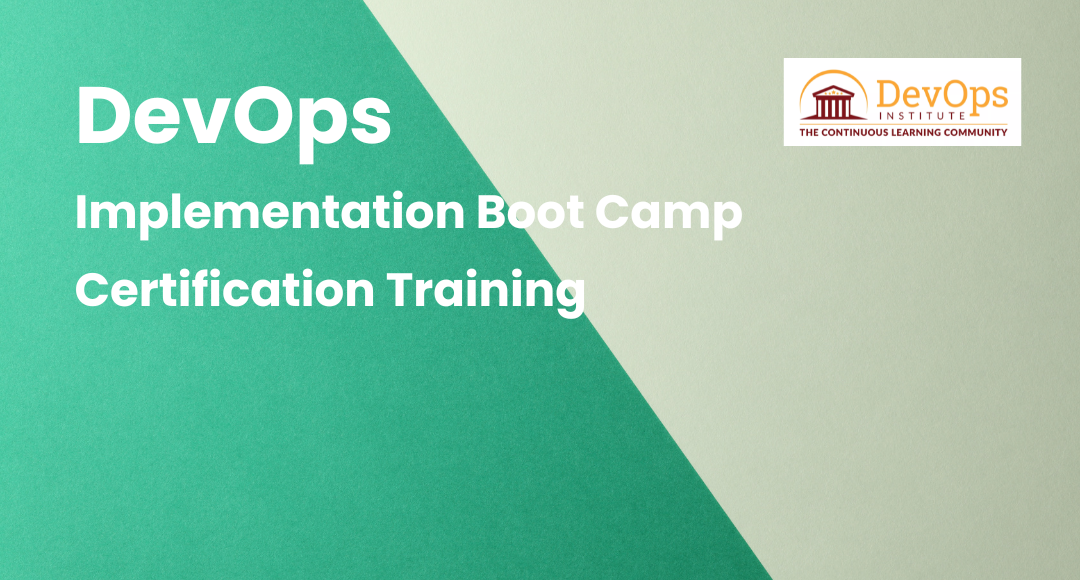
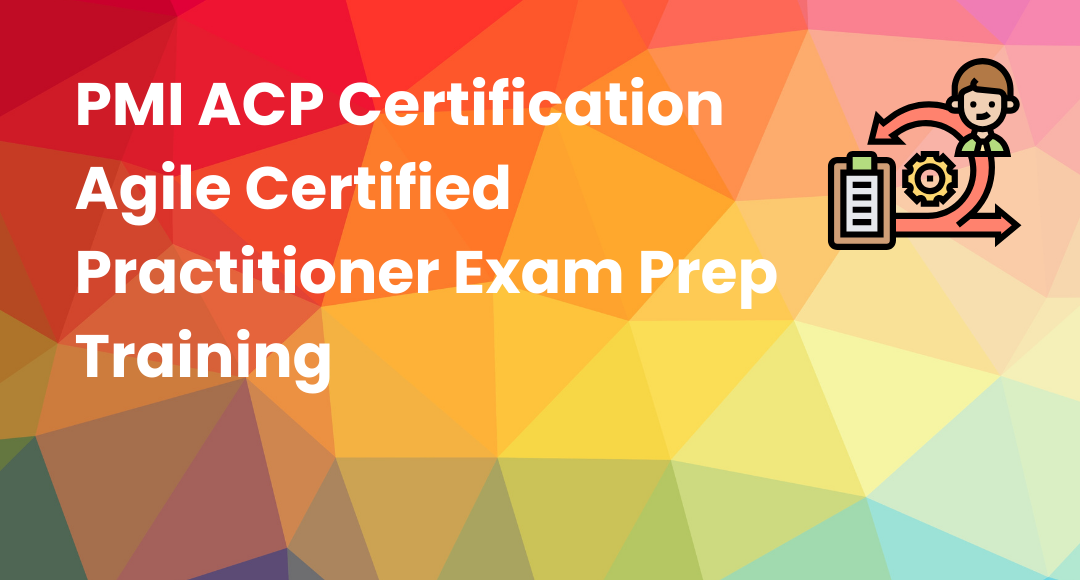

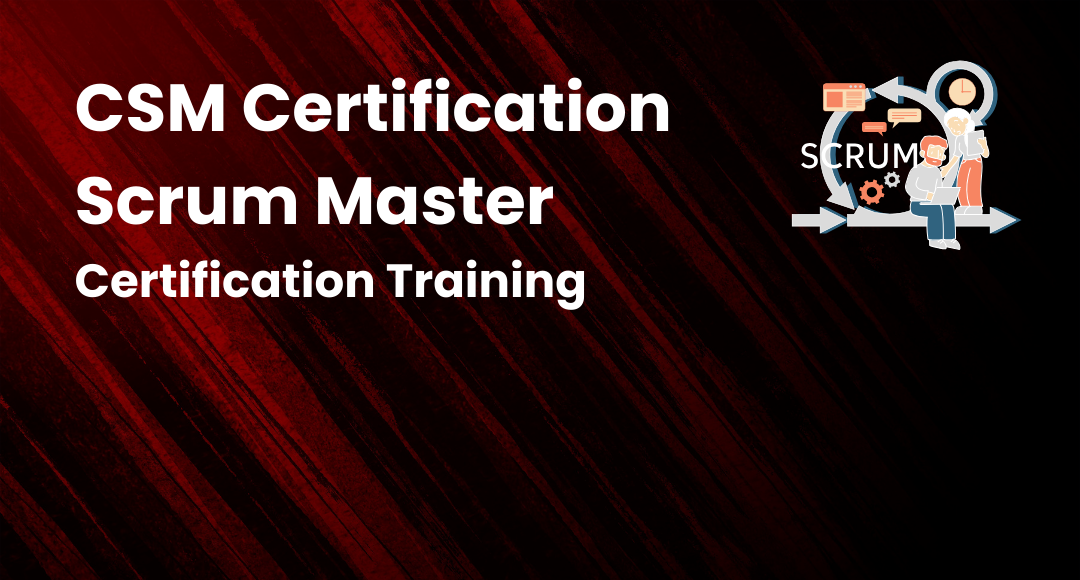
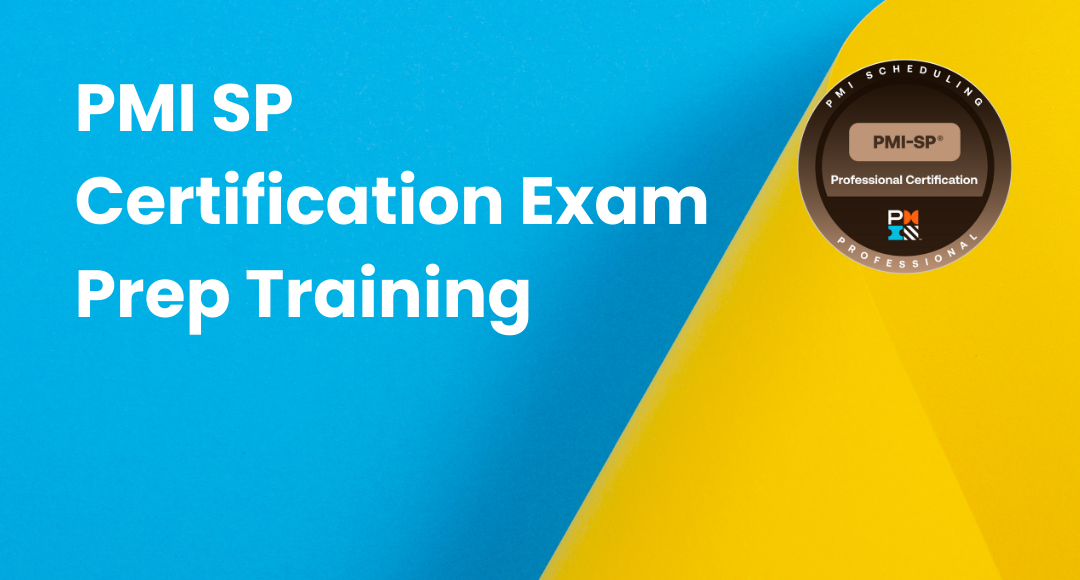

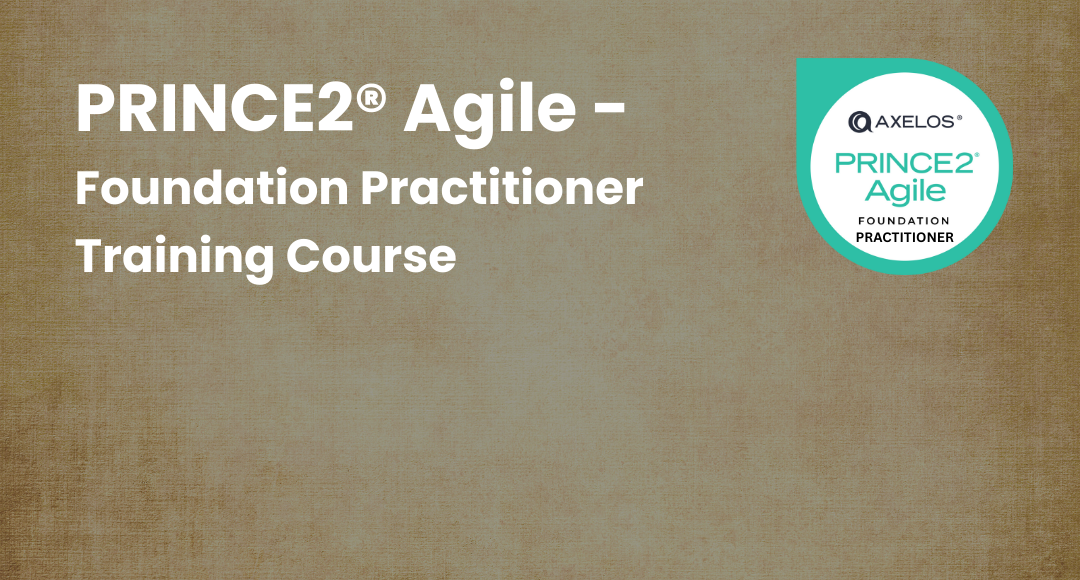
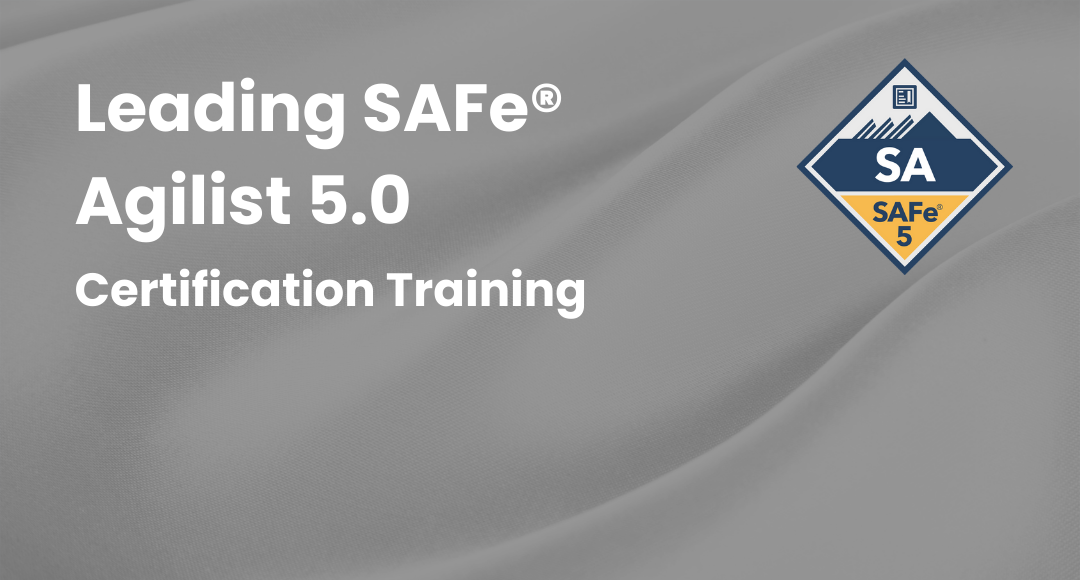
+Certification+Training.png)
